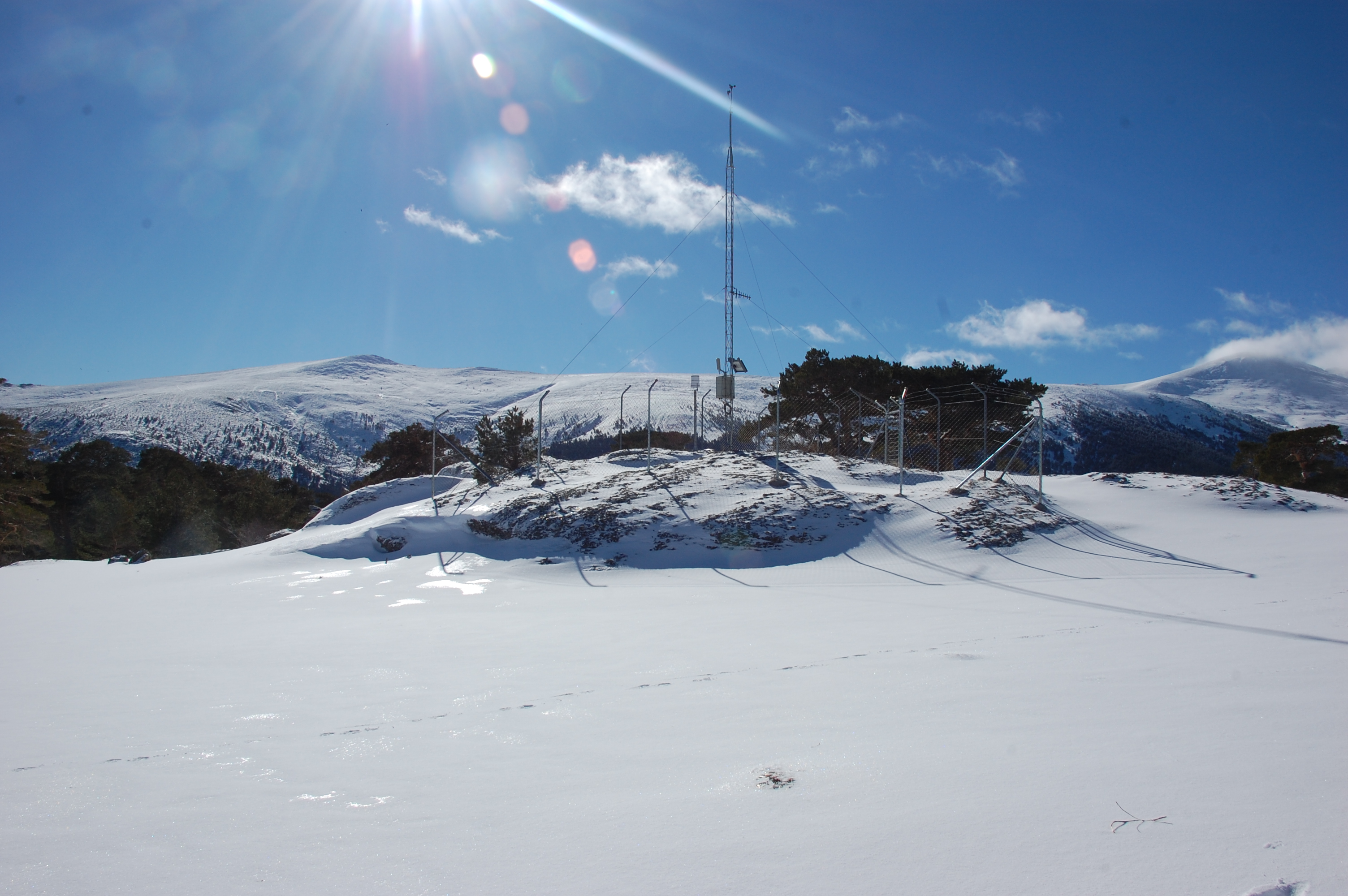GuMNet: An atmospheric and ground observational network in the Guadarrama Mountains
25 JUN 2015 - 10:07 CET
The GuMNet (Guadarrama Monitoring Network) project was born within the Campus of International Excellence: Campus Moncloa as a collaboration between the Complutense University of Madrid, the Polytechnic University of Madrid, the CIEMAT (Centre for Energy, Environment and Technology), the AEMET (Meteorological Agency) and the National Park of the Sierra de Guadarrama.
The Sierra de Guadarrama is considered the fountain in Madrid. On top of that is the large green area of the entire community and a place of recreation for many locals, hence knowing the real state of this space is something with an obvious social interest. In fact, Jesus Fidel González Rouco, GuMNet project's principal investigator and professor of the Faculty of Physics, explained that the initiative is based on three pillars: the social interest, scientist and teacher.
Network Monitoring Guadarrama intends to create a special laboratory: "Our project will transform the mountains into a high mountain observatory, high scientific, technical and environmental requirements, which will provide data on the state of the atmosphere, cryosphere and subsoil ". Data arrive in near real time the different institutions involved.
The instruments are to be installed next spring-summer, funded by the Complutense University through funds CEI Moncloa Campus, they are divided into three categories. The first is related to the study of subsoil, something I only have the best observatories of global change. Subsurface conditions be monitored sensors at various depths introducing: two meters to record moisture and up to 20 meters for temperature.
The second category of tools is designed to record variables such as precipitation, humidity, wind and air temperature. The third will measure fluxes of CO2 and water vapor at some sites of interest. And finally, there is a category of communications equipment and applications for monitoring the saw from the campus, integrating information from the other three categories of instrumentation into a single database.
You can see the article published on Tribuna Complutense here.










